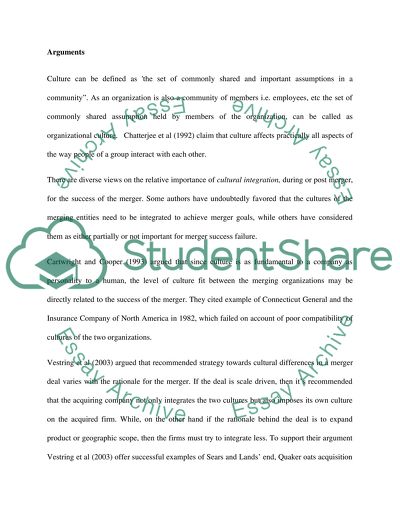Cite this document
(“A CASE STUDY OF THE SOUTHCORP ROSEMOUNT MERGER”, n.d.)
A CASE STUDY OF THE SOUTHCORP ROSEMOUNT MERGER. Retrieved from https://studentshare.org/miscellaneous/1566742-a-case-study-of-the-southcorp-rosemount-merger
A CASE STUDY OF THE SOUTHCORP ROSEMOUNT MERGER. Retrieved from https://studentshare.org/miscellaneous/1566742-a-case-study-of-the-southcorp-rosemount-merger
(A CASE STUDY OF THE SOUTHCORP ROSEMOUNT MERGER)
A CASE STUDY OF THE SOUTHCORP ROSEMOUNT MERGER. https://studentshare.org/miscellaneous/1566742-a-case-study-of-the-southcorp-rosemount-merger.
A CASE STUDY OF THE SOUTHCORP ROSEMOUNT MERGER. https://studentshare.org/miscellaneous/1566742-a-case-study-of-the-southcorp-rosemount-merger.
“A CASE STUDY OF THE SOUTHCORP ROSEMOUNT MERGER”, n.d. https://studentshare.org/miscellaneous/1566742-a-case-study-of-the-southcorp-rosemount-merger.


